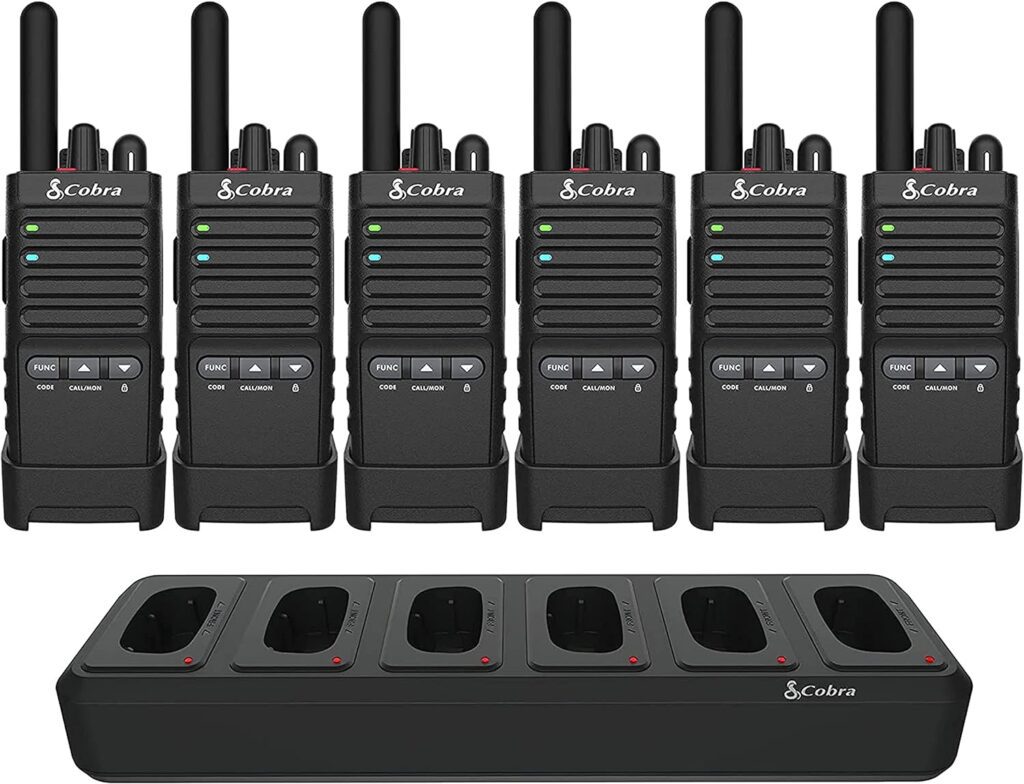Power outages can leave us without electricity, making it difficult to heat food. So, how to heat food without electricity? There are several alternative methods that can be used to cook and heat food without relying on electricity. These methods include solar ovens, portable gas stoves, wood-burning stoves, barbecue grills, and open fires. By utilizing these techniques, you can ensure that you and your family have access to warm meals even during power outages.
When faced with a power outage, it’s essential to have alternative methods to heat and cook food. Solar ovens, portable gas stoves, wood-burning stoves, barbecue grills, and open fires are all viable options for heating meals without electricity. By utilizing these methods, you can ensure that you and your family have access to warm and nutritious food even during emergencies. It’s important to be prepared and have the necessary equipment and supplies on hand, so you can effectively heat food without relying on electricity.
Solar Ovens: Harnessing the Sun’s Power
Solar ovens are a fantastic alternative for cooking without relying on electricity. These lightweight and portable devices harness the power of the sun to cook food, making them ideal for off-grid food heating options. With ample sunlight, solar ovens can reach temperatures of up to 250 to 300 degrees, providing an effective and eco-friendly way to heat your meals.
Using a solar oven is incredibly easy. Simply place your food inside the oven, adjust the reflectors to maximize sunlight, and let the sun do its work. The oven’s insulated design helps to retain heat, ensuring that your food cooks evenly and efficiently. Whether you’re camping, experiencing a power outage, or simply looking for ways to reduce your reliance on electricity, a solar oven is a convenient and sustainable option.
When using a solar oven, it’s important to have a clear and unobstructed area where sunlight can directly reach the oven. Place the oven in a sunny spot, adjust the angle of the reflectors to capture the most sunlight, and monitor the cooking time to avoid overcooking or undercooking. Solar ovens are versatile and can be used to bake, roast, steam, and even dehydrate food, providing you with a wide range of cooking options.
Discover the Benefits of Solar Ovens
Solar ovens offer numerous benefits beyond their ability to cook without electricity. Firstly, they are environmentally friendly since they use renewable energy from the sun, reducing carbon emissions and minimizing your carbon footprint. Additionally, solar ovens are cost-effective, as they eliminate the need for electricity or other fuel sources. By harnessing the power of the sun, you can save money on your energy bills and reduce your reliance on non-renewable resources.
Furthermore, solar ovens allow you to enjoy the benefits of slow-cooking. The gentle and steady heat produced by the sun ensures that your food retains its nutrients and flavors, resulting in delicious and healthy meals. Solar ovens also provide an opportunity to connect with nature and practice sustainable living. By embracing alternative cooking methods like solar ovens, you can reduce your impact on the environment and promote a greener lifestyle.
Whether you’re an outdoor enthusiast, a sustainability advocate, or simply looking for a backup cooking option during power outages, a solar oven is a versatile and efficient choice. Harness the sun’s power and enjoy delicious meals while reducing your environmental impact.
Portable Gas Stoves: Convenient and Efficient
When it comes to cooking without electricity, portable gas stoves are a reliable and convenient option. These stoves, such as propane stoves and butane stoves, offer a compact and efficient solution for heating food in a variety of situations. Whether you’re camping in the great outdoors or facing a power outage at home, a portable gas stove can provide a reliable source of heat for cooking.
Propane stoves are widely available and come in different sizes and styles, making them a versatile option. They use propane gas canisters as fuel, which are easy to find and replace. Propane stoves offer a consistent and adjustable heat source, allowing you to control the cooking temperature with ease. Whether you’re boiling water, simmering a stew, or frying up a meal, a propane stove can handle it all.
Butane stoves are another popular choice for portable cooking without electricity. These stoves are lightweight, compact, and fuel-efficient, making them perfect for camping trips or emergency situations. Butane gas canisters are readily available and provide a clean-burning fuel source. With their compact size and efficiency, butane stoves are an excellent option for those looking for a portable cooking solution.
Portable gas stoves, including propane and butane stoves, are a practical choice for cooking without electricity. They offer convenience, efficiency, and versatility, making them suitable for a range of situations. Whether you’re a seasoned outdoor enthusiast or simply preparing for unforeseen events, a portable gas stove can ensure that you have a reliable means to heat your food.
Wood-Burning Stoves: Dual-Purpose Heating and Cooking
When it comes to cooking without electricity, one reliable and versatile option to consider is a wood-burning stove. These traditional stoves have been used for centuries to cook food and provide warmth, making them a practical choice for off-grid cooking. Wood-burning stoves utilize wood as fuel, allowing you to heat meals without power while also enjoying the cozy ambiance of a crackling fire.
One of the advantages of wood-burning stoves is their dual-purpose functionality. Not only can they be used for cooking, but they can also effectively heat your home during colder months. By installing a flue and chimney, you can ensure that the smoke is safely vented out, while the generated heat stays indoors. This makes wood-burning stoves an efficient and cost-effective option for heating and cooking.
Cooking with a Wood-Burning Stove
Wood-burning stoves offer various cooking methods, providing you with the flexibility to prepare meals in different ways. You can use the stove’s flat cooktop to heat pots and pans, allowing you to simmer soups, stew meats, or even bake bread. Some stoves also come with an oven compartment where you can roast meat, bake casseroles, or cook desserts. With the right tools and cookware, the possibilities are endless.
It’s important to note that cooking with a wood-burning stove requires some preparation. You’ll need to have a good supply of chopped wood readily available to fuel the stove. It’s also essential to monitor the heat levels and adjust the airflow to maintain the desired cooking temperature. With practice and experience, you can become adept at cooking delicious meals on a wood-burning stove, even without electricity.


Overall, wood-burning stoves are a reliable and sustainable option for heating meals without power. They offer both cooking and heating capabilities, making them a versatile choice for off-grid living or during power outages. By harnessing the natural energy of wood, you can enjoy warm and delicious meals while embracing a traditional and eco-friendly cooking method.
Conclusion
When it comes to heating food without electricity, there are several alternative methods that can be utilized. Whether you’re facing a power outage or simply want to explore off-grid cooking options, these methods can ensure that you and your family have access to warm and nutritious meals.
Solar ovens are a lightweight and eco-friendly solution that harnesses the power of the sun. With temperatures reaching up to 250 to 300 degrees on sunny days, they offer an effective way to cook without electricity. Portable gas stoves, such as propane and butane stoves, are convenient and efficient, making them ideal for camping or emergencies. Wood-burning stoves provide both heating and cooking capabilities, utilizing wood as fuel.
Barbecue grills and open fires are also viable options for heating food without power. These methods can be used when the situation allows for outdoor cooking, providing a versatile and flavorful alternative.
Remember, it’s important to be prepared and have the necessary equipment and supplies on hand. By being proactive and exploring these alternative methods, you can ensure that you’re ready to heat food without relying solely on electricity.
FAQ
What are some alternative methods to heat food without electricity?
Some alternative methods to heat food without electricity include solar ovens, portable gas stoves, wood-burning stoves, barbecue grills, and open fires.
How do solar ovens work?
Solar ovens harness the power of the sun to cook food. They reach temperatures of up to 250 to 300 degrees on sunny days and require no additional fuel source.
What are some options for portable gas stoves?
Portable gas stoves include propane stoves, butane stoves, alcohol stoves, and white gas stoves. They are compact, lightweight, and provide a reliable heat source.
How do wood-burning stoves work?
Wood-burning stoves utilize wood as fuel and can provide both heating and cooking capabilities. They require additional preparation, such as installing a flue and chimney, and having an adequate supply of chopped wood.
How can I heat food without electricity during a power outage?
By utilizing methods like solar ovens, portable gas stoves, wood-burning stoves, barbecue grills, and open fires, you can ensure that you and your family have access to warm and nutritious food even during emergencies.








